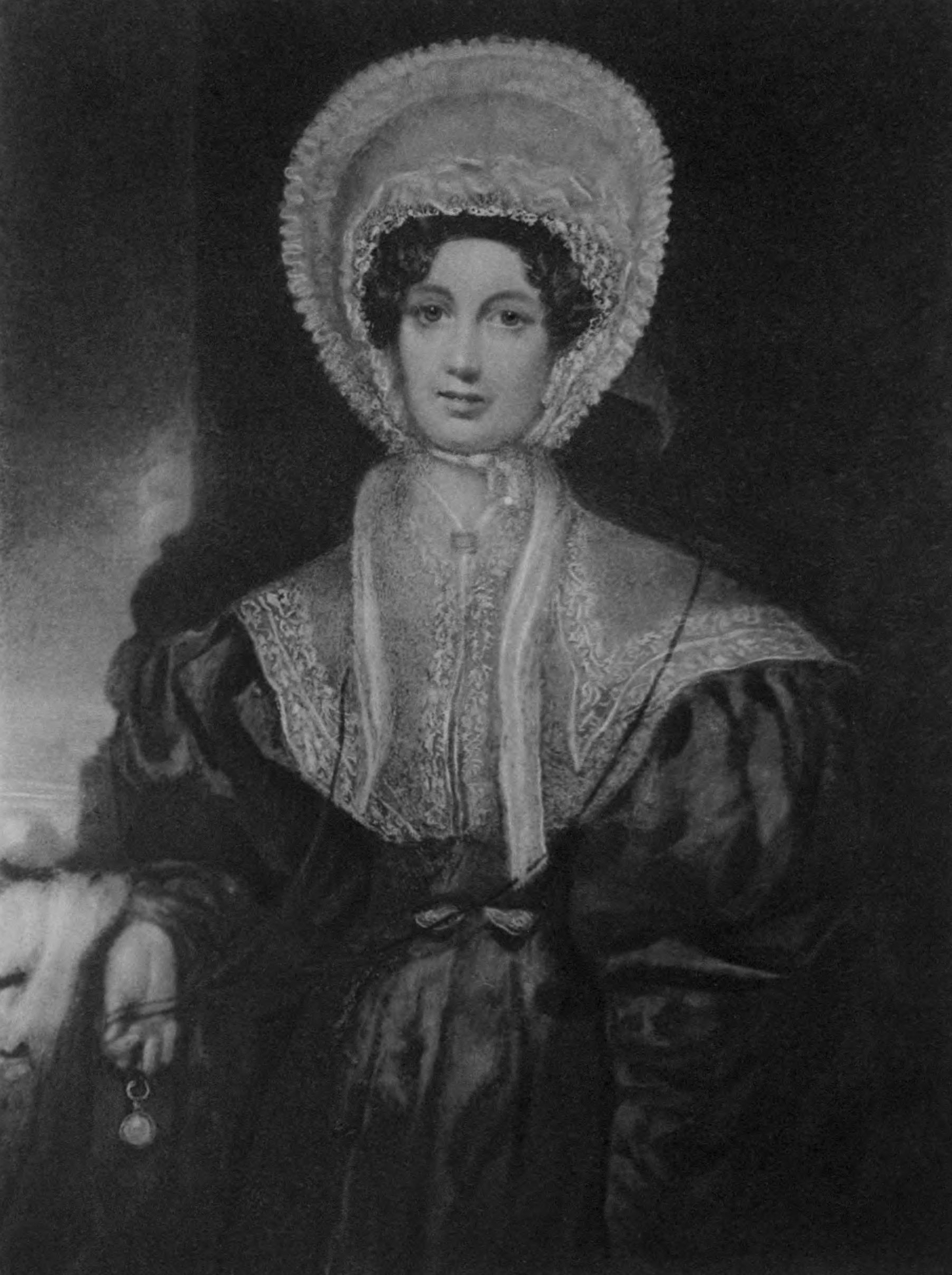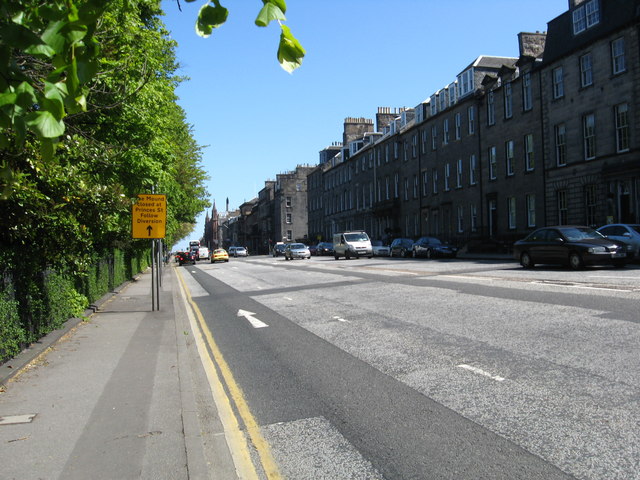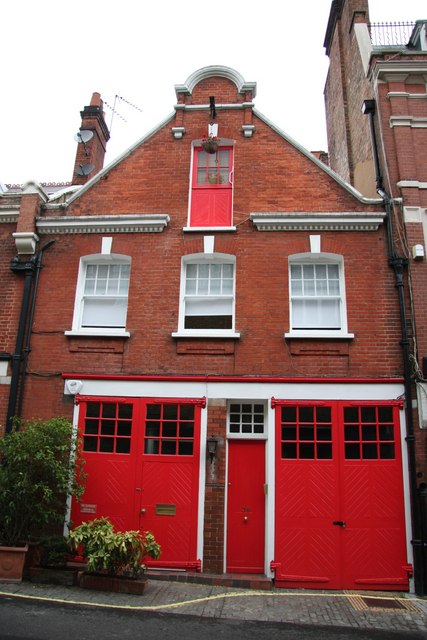|
New Town, Edinburgh
The New Town is a central area of Edinburgh, the capital of Scotland. It was built in stages between 1767 and around 1850, and retains much of its original neo-classical and Georgian period architecture. Its best known street is Princes Street, facing Edinburgh Castle and the Old Town across the geological depression of the former Nor Loch. Together with the West End, the New Town was designated a UNESCO World Heritage Site alongside the Old Town in 1995. The area is also famed for the New Town Gardens, a heritage designation since March 2001. Proposal and planning The idea of a New Town was first suggested in the late 17th century when the Duke of Albany and York (later King James VII and II), when resident Royal Commissioner at Holyrood Palace, encouraged the idea of having an extended regality to the north of the city and a North Bridge. He gave the city a grant:That, when they should have occasion to enlarge their city by purchasing ground without the town, or to b ... [...More Info...] [...Related Items...] OR: [Wikipedia] [Google] [Baidu] |
Edinburgh
Edinburgh ( ; gd, Dùn Èideann ) is the capital city of Scotland and one of its 32 council areas. Historically part of the county of Midlothian (interchangeably Edinburghshire before 1921), it is located in Lothian on the southern shore of the Firth of Forth. Edinburgh is Scotland's second-most populous city, after Glasgow, and the seventh-most populous city in the United Kingdom. Recognised as the capital of Scotland since at least the 15th century, Edinburgh is the seat of the Scottish Government, the Scottish Parliament and the highest courts in Scotland. The city's Palace of Holyroodhouse is the official residence of the British monarchy in Scotland. The city has long been a centre of education, particularly in the fields of medicine, Scottish law, literature, philosophy, the sciences, and engineering. It is the second-largest financial centre in the United Kingdom, and the city's historical and cultural attractions have made it the UK's second-most visited tourist d ... [...More Info...] [...Related Items...] OR: [Wikipedia] [Google] [Baidu] |
St Andrew Square, Edinburgh
St Andrew Square is a garden square in Edinburgh, Scotland located at the east end of George Street. The gardens, part of the collection of New Town Gardens, are owned by a number of private owners, managed by Essential Edinburgh and opened to the public in 2008. The construction of St Andrew Square began in 1772,Lang, p.124 as the first part of the New Town, designed by James Craig. Within six years of its completion St Andrew Square became one of the most desirable and most fashionable residential areas in the city. As the 19th century came to a close, St Andrew Square evolved into the commercial centre of the city. Most of the square used to be made up of major offices of banks and insurance companies, making it one of the major financial centres in Scotland. At one time, St Andrew Square could claim to be the richest area of its size in the whole of Scotland.Lang, p.125 It now also has shops, including the department store Harvey Nichols, the Edinburgh Grand Hotel and ap ... [...More Info...] [...Related Items...] OR: [Wikipedia] [Google] [Baidu] |
George III Of The United Kingdom
George III (George William Frederick; 4 June 173829 January 1820) was King of Great Britain and of Ireland from 25 October 1760 until the union of the two kingdoms on 1 January 1801, after which he was King of the United Kingdom of Great Britain and Ireland until his death in 1820. He was the longest-lived and longest-reigning king in British history. He was concurrently Duke and Prince-elector of Brunswick-Lüneburg ("Hanover") in the Holy Roman Empire before becoming King of Hanover on 12 October 1814. He was a monarch of the House of Hanover but, unlike his two predecessors, he was born in Great Britain, spoke English as his first language and never visited Hanover. George's life and reign were marked by a series of military conflicts involving his kingdoms, much of the rest of Europe, and places farther afield in Africa, the Americas and Asia. Early in his reign, Great Britain defeated France in the Seven Years' War, becoming the dominant European power in North Americ ... [...More Info...] [...Related Items...] OR: [Wikipedia] [Google] [Baidu] |
George Street, Edinburgh
George Street is the central thoroughfare of the First New Town of Edinburgh, planned in the 18th century by James Craig. The street takes its name from King George IIIHistory ''george-street.com'' and connects St Andrew Square in the east with in the west. It is located on the north side of the , to the north of the Princes Street and to ... [...More Info...] [...Related Items...] OR: [Wikipedia] [Google] [Baidu] |
The New Town From Edinburgh Castle
''The'' () is a grammatical article in English, denoting persons or things already mentioned, under discussion, implied or otherwise presumed familiar to listeners, readers, or speakers. It is the definite article in English. ''The'' is the most frequently used word in the English language; studies and analyses of texts have found it to account for seven percent of all printed English-language words. It is derived from gendered articles in Old English which combined in Middle English and now has a single form used with pronouns of any gender. The word can be used with both singular and plural nouns, and with a noun that starts with any letter. This is different from many other languages, which have different forms of the definite article for different genders or numbers. Pronunciation In most dialects, "the" is pronounced as (with the voiced dental fricative followed by a schwa) when followed by a consonant sound, and as (homophone of pronoun '' thee'') when followed by a ... [...More Info...] [...Related Items...] OR: [Wikipedia] [Google] [Baidu] |
Queen Street, Edinburgh
Queen Street is the northernmost east-west street in Edinburgh's First New Town. It begins in the east, at the Scottish National Portrait Gallery. It links York Place with the Moray Estate. It was named "Queen Street" after Queen Charlotte of Mecklenburg-Strelitz, the wife of George III of the United Kingdom and was so named on James Craig's plan of the New Town issued by the Town Council in 1768. Most early maps repeat this name but others misname it Queen's Street or Queens Street. History The street forms part of James Craig's plan of 1768 for a New Town to the north of Edinburgh's Old Town and the North Loch. This had three main east-west streets: Princes Street; George Street; and Queen Street. Queen Street was planned as a one-sided street, facing north over then fields towards the Firth of Forth. The first 30 metres beyond the road itself was originally laid out as private individual gardens to some of the Queen Street residents. Not until the opposite side was ... [...More Info...] [...Related Items...] OR: [Wikipedia] [Google] [Baidu] |
Union Flag
The Union Jack, or Union Flag, is the ''de facto'' national flag of the United Kingdom. Although no law has been passed making the Union Flag the official national flag of the United Kingdom, it has effectively become such through precedent. It is sometimes asserted that the term ''Union Jack'' properly refers only to naval usage, but this assertion was dismissed by the Flag Institute in 2013 following historical investigations. The flag has official status in Canada, by parliamentary resolution, where it is known as the Royal Union Flag. It is the national flag of all British overseas territories, being localities within the British state, or realm, although local flags have also been authorised for most, usually comprising the blue or red ensign with the Union Flag in the canton and defaced with the distinguishing arms of the territory. These may be flown in place of, or along with (but taking precedence after) the national flag. Governors of British Overseas Territories ha ... [...More Info...] [...Related Items...] OR: [Wikipedia] [Google] [Baidu] |
Mews
A mews is a row or courtyard of stables and carriage houses with living quarters above them, built behind large city houses before motor vehicles replaced horses in the early twentieth century. Mews are usually located in desirable residential areas, having been built to cater for the horses, coachmen and stable-servants of prosperous residents. The word mews comes from the Royal Mews in London, England, a set of royal stables built 500 years ago on a former royal hawk mews. The term is now commonly used in English-speaking countries for city housing of a similar design. After the advent of World War Two, mews were replaced by alleys and the carriage houses by garages for automobiles. Hawk mews Mews derives from the French ''muer'', "to moult", reflecting its original function to confine hawks while they moulted.''Oxford English Dictionary'' online, accessed 17 February 2019 Shakespeare deploys ''to mew up'' to mean confine, coop up, or shut up in ''The Taming of the Shrew'' ... [...More Info...] [...Related Items...] OR: [Wikipedia] [Google] [Baidu] |
James Craig (architect)
James Craig (31 October 1739 – 23 June 1795) was a Scottish architect who worked mostly in lowlands of the country and especially his native city of Edinburgh. He is remembered primarily for his layout of the first Edinburgh New Town. Date of birth James Craig's birth date is traditionally given as 1744, as his baptism is recorded in parish register as Tuesday 13 November 1744. However, more recent research has shown that his birth date was 31 October 1739, as recorded in the registers of George Watson's Hospital, where Craig was educated. As well as his date of birth, the records show he entered the school in 1748, and left in 1755. The 1744 date must therefore be incorrect, as it would mean he started school aged four, and left aged eleven. The baptism year, although not the date, has been shown to be in error, as 13 November fell on a Tuesday in 1739 also. Early life James Craig was the son of William Craig (1695–1762), a merchant, and Mary Thomson (1710–1790), si ... [...More Info...] [...Related Items...] OR: [Wikipedia] [Google] [Baidu] |
1768 James Craig Map Of New Town, Edinburgh, Scotland (First Plan Of New Town) - Geographicus - Edinburgh-craig-1768
Events January–March * January 9 – Philip Astley stages the first modern circus, with acrobats on galloping horses, in London. * February 11 – Samuel Adams's circular letter is issued by the Massachusetts House of Representatives, and sent to the other Thirteen Colonies. Refusal to revoke the letter will result in dissolution of the Massachusetts Assembly, and (from October) incur the institution of martial law to prevent civil unrest. * February 24 – With Russian troops occupying the nation, opposition legislators of the national legislature having been deported, the government of Poland signs a treaty virtually turning the Polish–Lithuanian Commonwealth into a protectorate of the Russian Empire. * February 27 – The first Secretary of State for the Colonies is appointed in Britain, the Earl of Hillsborough. * February 29 – Five days after the signing of the treaty, a group of the szlachta, Polish nobles, establishes the Ba ... [...More Info...] [...Related Items...] OR: [Wikipedia] [Google] [Baidu] |
The Mound
The Mound is an artificial slope in central Edinburgh, Scotland, which connects Edinburgh's New and Old Towns. It was formed by dumping around 1,501,000 cartloads of earth excavated from the foundations of the New Town into Nor Loch which was drained in 1765 and forms today's Princes Street Gardens. History The construction of the Earthen Mound, as it was originally called, was first proposed in 1783 by residents of the Lawnmarket to improve connection to Princes Street (which was then built only from St Andrew Square to Hanover Street) in correct anticipation of the need for such a new route. It was extended over the years until by 1830 it was macadamised and landscaped so that it appeared more or less complete. When the Edinburgh and Glasgow Railway was extended to Waverley station in 1846, tunnels were driven through the Mound to allow access east to west. Some of Edinburgh's most notable buildings and institutions have their premises on the Mound, including the Natio ... [...More Info...] [...Related Items...] OR: [Wikipedia] [Google] [Baidu] |


.jpg)
.jpg)

.png)





